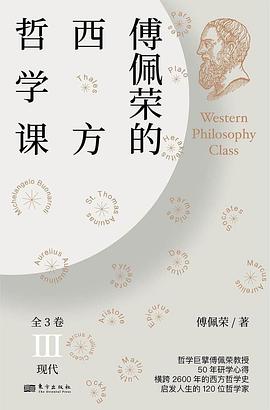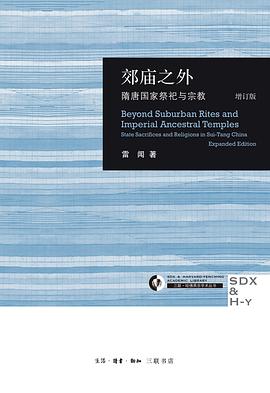Reductionism in Art and Brain Science
内容简介
In this new book, neuroscientist Eric R. Kandel, whose remarkable scientific career and deep interest in art give him a unique perspective, demonstrates how science can inform the way we experience a work of art and seek to understand its meaning.
......(更多)
作者简介
Eric R. Kandel is University Professor and Kavli Professor in the Departments of Neuroscience, Biochemistry and Molecular Biophysics, and Psychiatry at Columbia University. He is director of the Kavli Institute for Brain Science and codirector of the Mortimer B. Zuckerman Mind Brain Behavior Institute at Columbia. In 2000, he was awarded the Nobel Prize in Physiology or Medicine. His recent books include The Age of Insight: The Quest to Understand the Unconscious in Art, Mind, and Brain, from Vienna 1900 to the Present (2012) and In Search of Memory: The Emergence of a New Science of Mind (2007), as well as Principles of Neural Science (2012), of which he is lead coauthor.
......(更多)
目录
Part I: Two Cultures Meet in the New York School Introduction 1. The Emergence of an Abstract School of Art in New York Part II: A Reductionist Approach to Brain Science 2. The Beginning of a Scientific Approach to the Perception of Art 3. The Biology of the Beholder's Share: Visual Perception and Bottom-Up Processing in Art 4. The Biology of Learning and Memory: Top-Down Processing in Art Part III: A Reductionist Approach to Art 5. Reductionism in the Emergence of Abstract Art 6. Mondrian and the Radical Reduction of the Figurative Image 7. The New York School of Painters 8. How the Brain Processes and Perceives Abstract Images 9. From Figuration to Color Abstraction 10. Color and the Brain 11. A Focus on Light 12. A Reductionist Influence on Figuration Part IV: The Emerging Dialogue Between Abstract Art and Science 13. Why Is Reductionism Successful in Art? 14. A Return to the Two Cultures Acknowledgments Notes References Illustration Credits Index
......(更多)
读书文摘
... a person’s taste in art is linked to his or her sense of identity.
......(更多)






